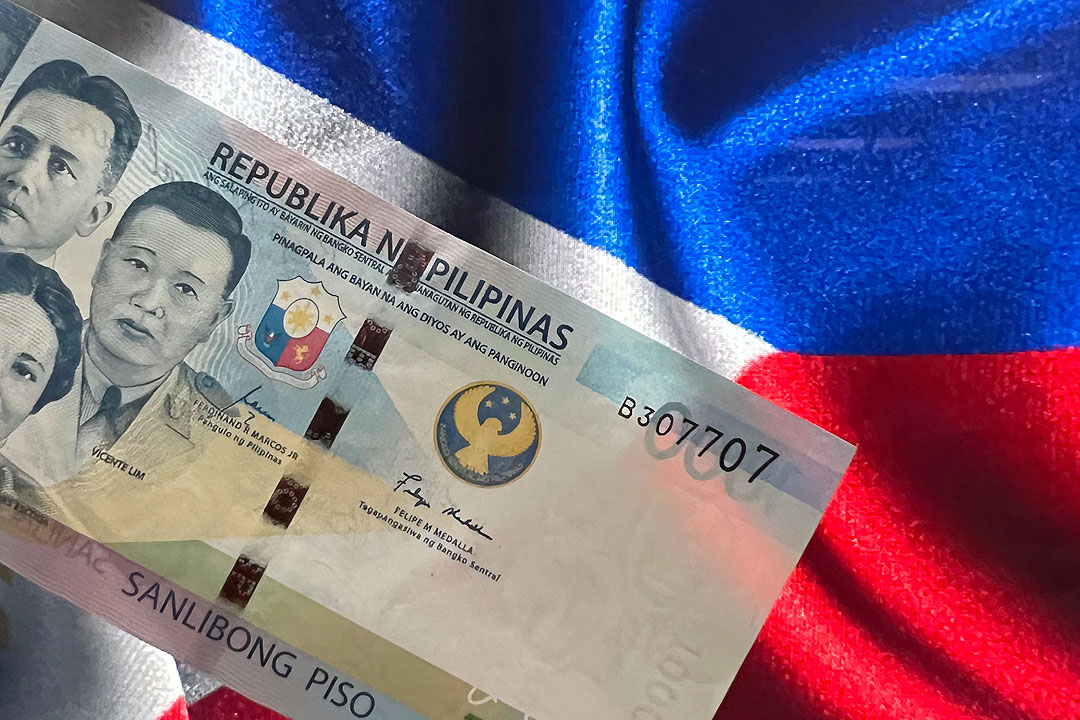2026 gov’t borrowing plan, mix likely steady

NEXT YEAR’S government borrowing program could be “more or less” steady from this year and will likely have an 80:20 mix in favor of domestic sources, National Treasurer Sharon P. Almanza said.
“[It will be] more or less the same as this year. If there’s a little increase… [we could add] P100 billion,” Ms. Almanza told reporters on the sidelines of an event on Tuesday.
She added that the National Government (NG) will also keep next year’s financing mix at a 80:20 ratio in favor of domestic sources to minimize foreign currency risks.
“We will aim for 80:20 because we want to continue to minimize our foreign currency exposure. So, part of our debt management strategy really is to reduce our…foreign currency risk… One way to achieve that is [by taking] advantage of domestic liquidity because it’s still very liquid. We can still raise a substantial amount of our requirements onshore,” Ms. Almanza said.
The government’s borrowing program for this year was set at P2.55 trillion under the Budget of Expenditures and Sources of Financing 2025, with P2.04 trillion coming from the domestic market and P507.41 billion from external sources.
However, this was increased to P2.6 trillion after the government updated its fiscal program in June to reflect a wider deficit ceiling of P1.561 trillion or 5.5% of gross domestic product for this year from 5.3% previously. The additional financing requirements will be sourced domestically, Finance Secretary Ralph G. Recto earlier said.
Ms. Almanza said borrowing requirements for the remainder of the year are at under P800 billion.
“The plan to maintain or even increase NG borrowing program in 2026 despite already elevated debt levels signals a continued need for financing amid slower fiscal consolidation,” Philippine Institute for Development Studies Senior Research Fellow John Paolo R. Rivera said in a Viber message.
He added a higher borrowing program for 2026 could result in higher market rates, “especially if market liquidity tightens or inflation expectations rise.”
“Over the medium term, investors may demand higher yields to account for the increased supply and fiscal risks. NG should ensure transparent debt management and credible fiscal signals to avoid crowding out private investment,” he added.
Meanwhile, Rizal Commercial Banking Corp. Chief Economist Michael L. Ricafort said in a Viber message that the government may need more borrowings to fund its budget deficit.
“More borrowings to increase government securities supply and could lead to higher yields than otherwise,” he added.
The NG’s gross borrowings went up by 1.33% year on year to P1.59 trillion in the first six months, latest Bureau of the Treasury (BTr) data showed.
External borrowings rose by 50.46% to P402.35 billion, while domestic debt issuances declined 8.75% to P1.19 trillion.
In January, the NG raised $3.29 billion from its sale of US dollar and euro bonds, almost filling its $3.5-billion commercial borrowing program for this year.
Meanwhile, in April, the BTr sold P300 billion in new 10-year fixed-rate Treasury notes that were offered under a new issuance format meant to establish a new benchmark bond and targeting institutional investors like corporates, cooperatives, trust funds, retirement funds, and provident funds.
On Tuesday, the government raised an initial P210 billion via its offering of five-year retail Treasury bonds (RTB).
As part of the retail bond offer, the BTr is also conducting a bond exchange program for holders of eligible three-, seven- and 10-year T-bonds set to mature from September this year to February next year.
The latest tranche of RTBs is the first to be made available via an electronic wallet as the government partnered with GCash and Philippine Digital Asset Exchange, Inc. to allow retail investors to buy the notes via its in-app GBonds platform.
GBonds had more than 88,000 users and P41 million in transactions as of Aug. 5, Ms. Almanza said.
She said the government is hoping to team up with more financial institutions, especially those with online platforms, in the future to make government securities more accessible to the public.
“We really want to expand it (government securities) to all. For example, if we can partner with other banks with online platforms, because it’s easier if it’s online.” — Aaron Michael C. Sy



